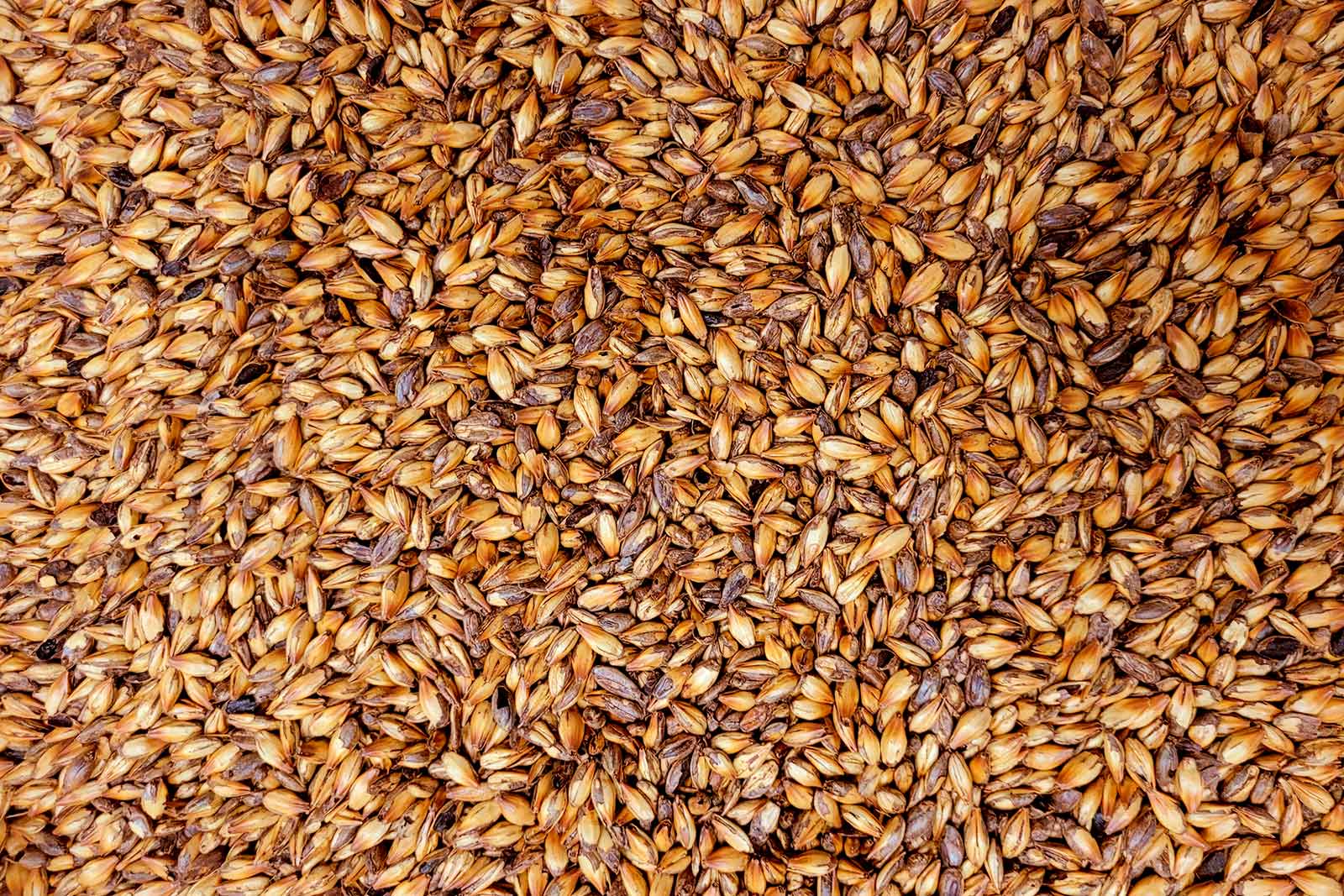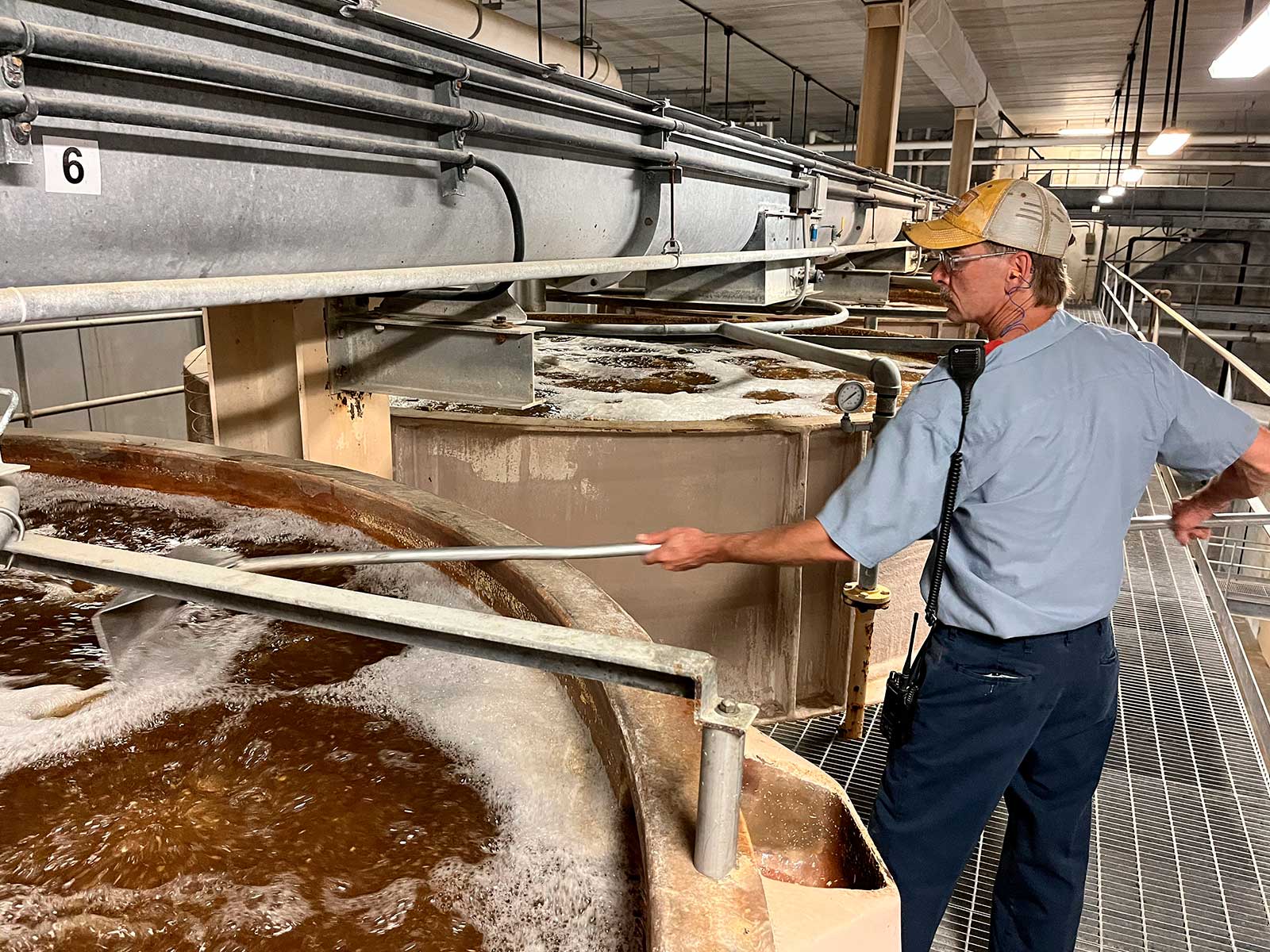Getting to know Briess’ European-style high-dried malts.

From Vienna Malts to the darkest Munich-Style Malts, exists a spectrum of flavors that are imparted in kilning through intense heating. With more heat comes more color and flavor. In Briess’ Pilot Brewery, we brewed four SMASH (Single Malt And Single Hop) beers using four different malts kilned to various intensities along this spectrum.
The Process
The malts used were Goldpils® Vienna, Lighthouse™ Munich, Bonlander® Munich Malt 10L, and Aromatic Munich Malt 20L. These were mashed at 152°F for 60 minutes prior to lautering. Magnum hops were added at the start of boiling to give 15 IBUs. The wort was boiled for 60 minutes. German Bock yeast was pitched and fermented at 52°F prior to lagering for four weeks.
The Taste
Goldpils® Vienna Malt gave the lightest color and flavor. Tasters noted a sweet malt character with a pleasant aroma of freshly baked bread and a crisp finish.
Lighthouse™ Munich Malt imparted a noticeably richer character than Goldpils® and exhibited flavors of bread-crust and biscuit with a soft lingering maltiness.
Bonlander® Malt gave the beer flavors of freshly baked bread crust and a warm maltiness that lasted well after the drink was finished.
Aromatic Malt gave the beer a toasty aroma and intense malty flavor, the lingering flavor was extremely warm and would satisfy anyone who can’t get enough Munich Malt character.

The Stats
| Malt Type | Beer Color | Starting | Finishing | Attenuation |
|---|---|---|---|---|
| Goldpils® Vienna | 5 SRM | OG 1.0405 | FG 1.0075 | AA 81% |
| Lighthouse™ Munich | 8 SRM | OG 1.0400 | FG 1.0080 | AA 79% |
| Bonlander® (Munich 10) | 12 SRM | OG 1.0390 | FG 1.0085 | AA 78% |
| Aromatic (Munich 20) | 22 SRM | OG 1.0395 | FG 1.0090 | AA 77% |
The Beer
The following is a picture of the four SMASH beers displaying the colors imparted from these malts.

Final Thoughts
In the production of kilned malts, maltsters vary kiln heat intensity to create unique colors and flavors. In this experiment, we used malts representing four different intensities of kilning, allowing the flavors to be showcased without the influence of other specialty or base malts. Consider these malts for primary or minor additions to a grist-bill to build complexity in just about any beer style where a bready, warm-malty, or toasty character is desired.


